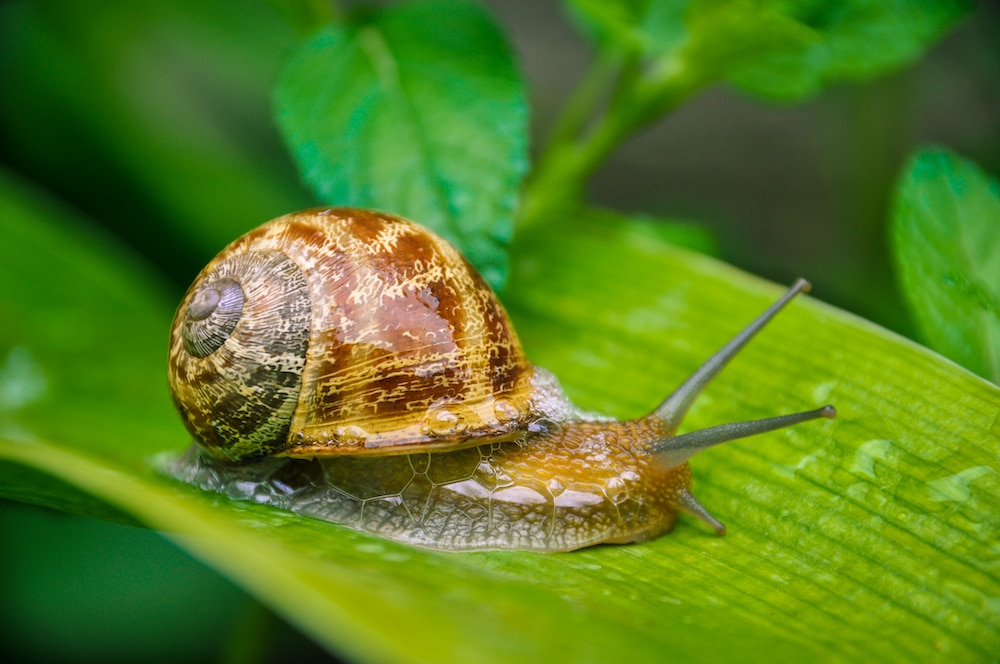Create a free profile to get unlimited access to exclusive videos, sweepstakes, and more!
The evolution of mucus: How repeated DNA sequences make proteins slimy
Understanding the origin of mucus is slippery business.

As much as we don’t like to think about it, we’re absolutely brimming with slime. From your mouth and nostrils to your… um… other bodily openings, mucus plays a pivotal role in making sure your body operations run smoothly. They help to protect tissues and allow us to more easily swallow our food by making it slippery. In a way, every bite you take is coated in slime by the time it reaches your stomach. Try not to think about it.
Other animals, like slugs and snails, have taken this tactic to its ultimate extreme by coating their entire bodies in mucus. It serves to keep them moist, protect them from predators, and prevent road rash, at least in the case of Turbo’s high-speed racing snails.
It has been unclear, however, how mucus evolved to perform so many different functions across a diverse range of animals. Now, a new study published in the journal Science Advances might have cracked the case. Scientists from the University of Buffalo and the University of California, San Francisco discovered that mucins — the proteins responsible for the production of mucus — have evolved independently at least 15 times in mammals alone.
The team compared the mucin genes in 49 mammal species and found that non-mucin proteins transform themselves into mucins through an additive genetic process. They stumbled upon the discovery accidentally while studying saliva when they realized that the salivary proteins in humans and mice have apparently different origins.
In humans, saliva is produced by a mucin known as MUC7, but that compound is surprisingly not present in mice. Instead, their saliva is produced by an entirely different protein called MUC10. Researchers then wondered if MUC7 and MUC10 had a common evolutionary origin, perhaps diverging from something else in the past, but it turned out they did not. That doesn’t mean, though, that the production of lubricating proteins in humans and mice aren’t related, it’s just weirder than we thought.
The answer appeared when scientists looked at another liquid-bearing location on the human body, the tear ducts. Researchers found a protein in human tears called PROL1 which shares some structures with MUC10. In fact, they’re built on the same foundation, but MUC10 has done some additions to make it more complex.
As it happens, if you add additional amino acids to PROL1 and then repeat those additions, you end up with a mucin like MUC10. This process, known as a mucinization event, tacks on repeated sequences which are coated in sugars. The sugars are doing all the heavy lifting in the function of mucins, sticking out like the bristles of a brush and endowing the proteins with their slippery characteristics. Somewhere along the line, a protein which we use in our tears took a different path and became a salivary mucin in mice and rats.
This discovery allowed for the investigation of other proteins. All told, scientists found 15 times when non-mucin proteins became mucins through this additive process, and they think that’s conservative. It’s likely there are many more. The study focused on only one genome region and only in a subset of mammal species.
Understanding how mucus emerges in a species also has other implications in the healthcare sphere. It could open up new avenues of research for some cancers and mucosal illnesses which might be the result of proteins becoming mucins when they shouldn’t be.
When it comes down to it, we only want to be as slimy as is absolutely necessary.


























